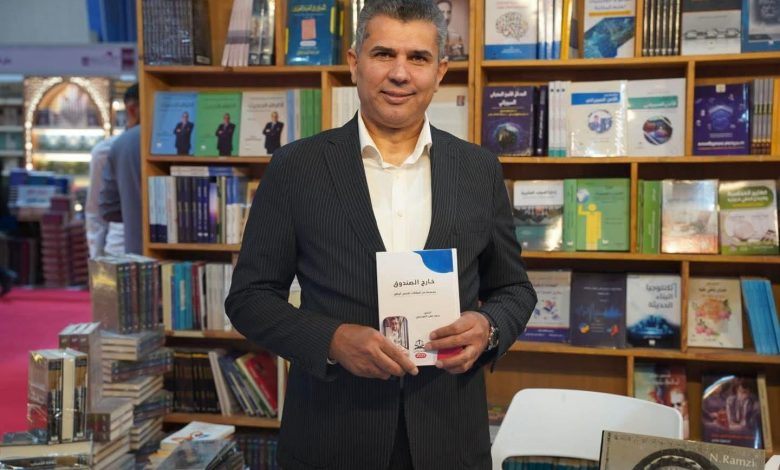The susceptibility of minds to ignite… from digital fragmentation to real-world violence

 Team Dr. Saad Ma’an Ibrahim, Head of the Security Media Cell – Iraq
Team Dr. Saad Ma’an Ibrahim, Head of the Security Media Cell – Iraq
In an era of increasing reliance on digital platforms as forums for expression and interaction, we are witnessing a dangerous transformation in the nature of influence these tools exert on the social fabric and the stability of states. Words are now fired like bullets, fueling emotions and establishing sharp polarizations that go beyond screens and sometimes translate into tangible violence in streets and institutions. This represents a clear exploitation of the freedom produced by the government in its efforts to strengthen the foundations of democracy in the country, which must be practiced responsibly in a way that prioritizes the interests of Iraq and its people over narrow factional interests.
In recent years, security agencies have observed a recurring pattern of escalation that begins with provocative speeches in cyberspace, often taking on sectarian, ideological, or regional characteristics, targeting specific groups through denigration, accusation, or questioning loyalty and affiliation. At other times, such content interferes with public state affairs and threatens national security.
Experts are well aware that this type of content—even if it appears fleeting—reshapes the awareness of recipients and gradually establishes a state of “digital division” that undermines coexistence and ignites the sparks of hatred.
From a security perspective, the concern is not only the content of these speeches, but also their rapid spread, ease of reproduction, weak ethical filters among some users, and, most dangerously, the susceptibility of certain minds to ignite. A continuous environment of polarization produces individuals ready to move from virtual anger to real-world action, through threats, sabotage, or even committing physical violence motivated by ideology or revenge.
Our security responsibility does not end with controlling actions after they occur; it extends to monitoring early indicators and intervening at initial stages using digital analysis tools and following accounts that engage in incitement or systematically spread hate speech. Cooperation with social media platforms has also become necessary to remove harmful content and expose the entities behind organized campaigns aimed at fracturing communities.
However, the response cannot be solely security-oriented. There is a pressing need for alternative awareness campaigns, responsible media, and educational institutions that cultivate critical thinking and digital citizenship. Families and communities also play an essential role in shielding individuals—especially youth—from being swept up in misleading campaigns or social alienation that makes them easy targets for mobilization and incitement.
Protecting social peace in the age of digital division requires collective awareness and a genuine partnership between citizens and the state, based on trust, transparency, and joint action to confront the hidden enemy: ignitable minds.
In conclusion, the essence of the matter is that digital division is no longer merely a virtual phenomenon but has become a factor threatening social and security stability. When minds are left exposed to incitement without awareness or intellectual immunity, words turn into sparks, and opinions into weapons. Addressing this phenomenon requires balance.







